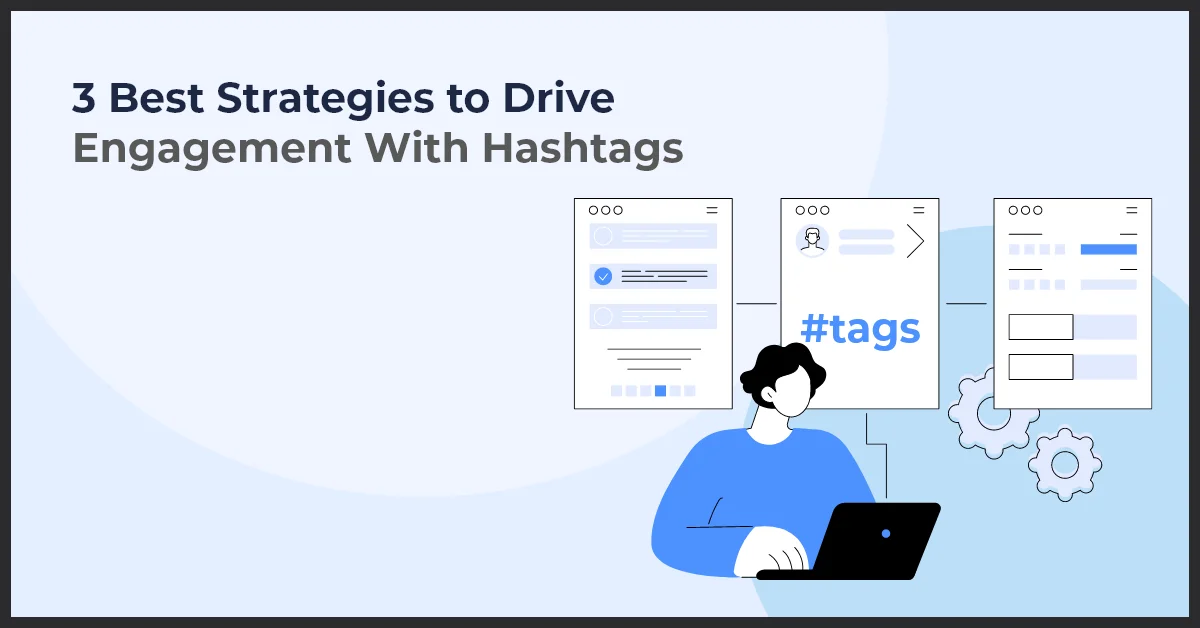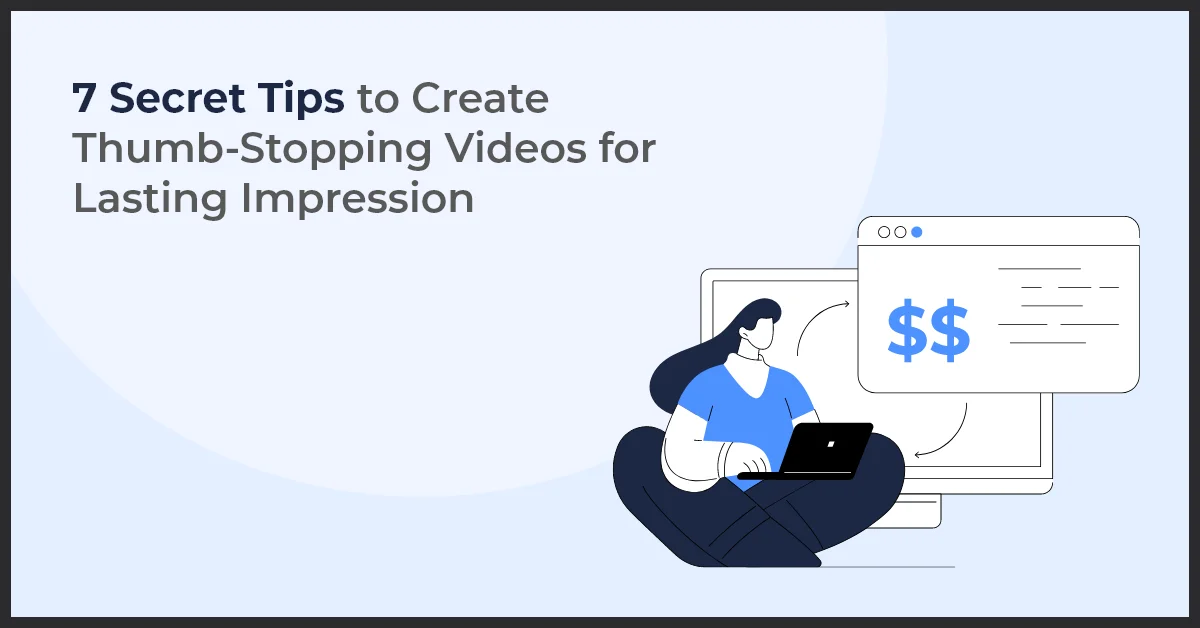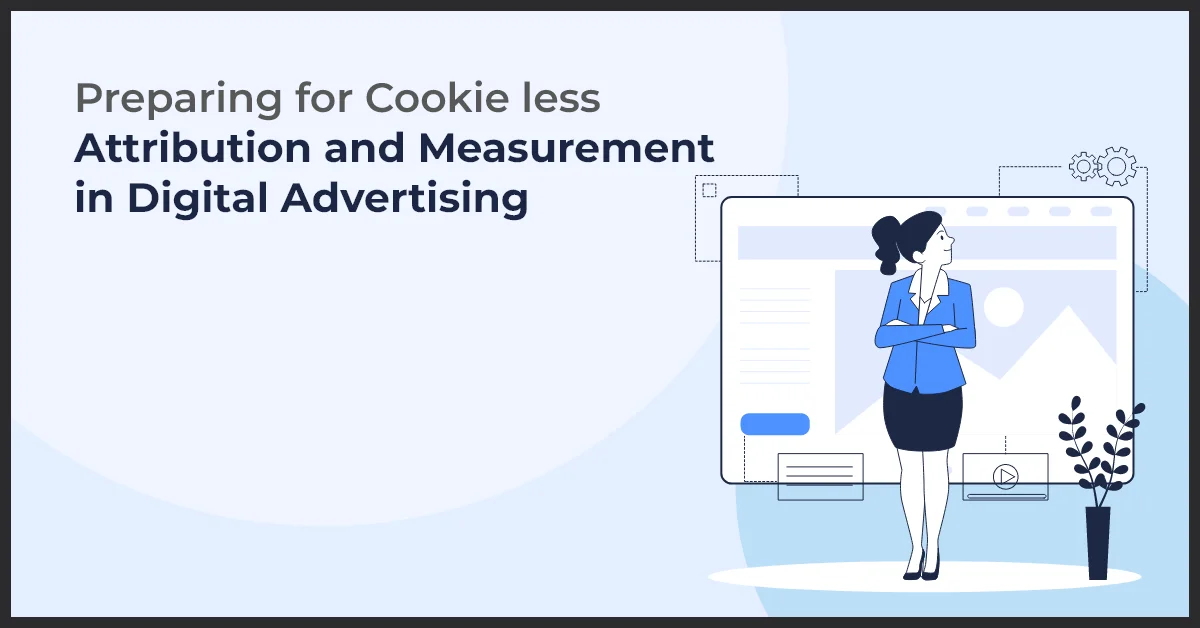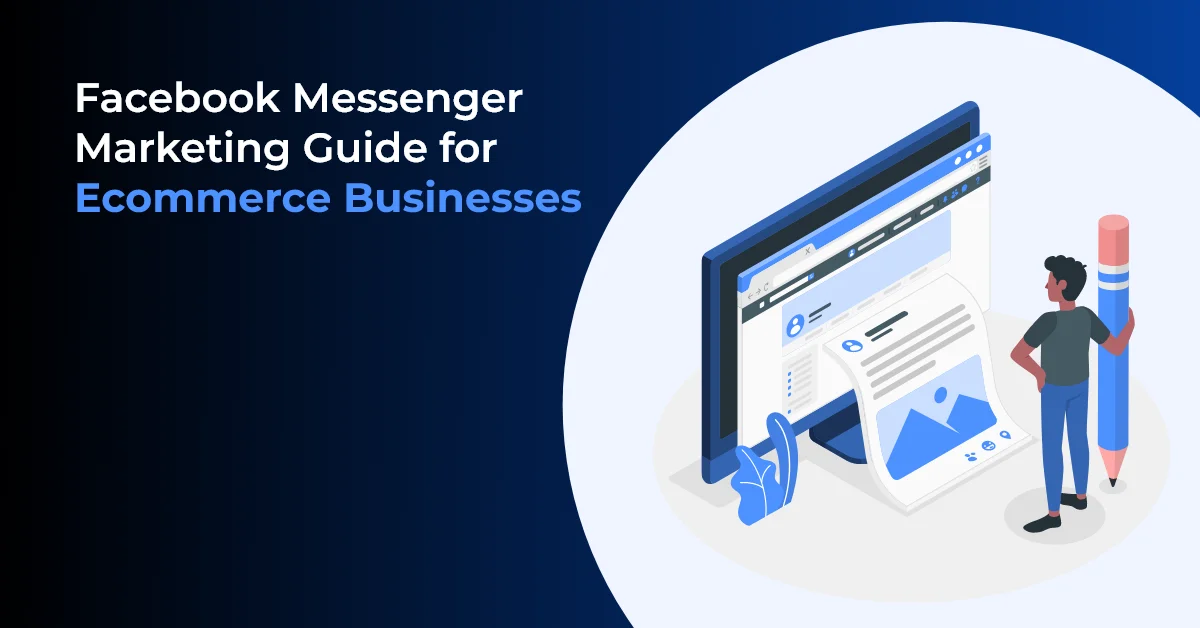3 Best Strategies to Drive Engagement With Hashtags

Published on: December 29, 2020
Updated on: June 27, 2024
854 Views
- Social Media Marketing
6 min read
Social media has put hashtags on the map!
Today, you cannot scroll through any of the social media platforms without seeing hashtags on them. Whether you are searching for a trending topic, categorizing posts, or following up on a marketing action, hashtags have changed the way we use social media.
Hashtags are not just a trend that needs to be adopted but also a tactic to make an impact. Even though they have been around for a while, most marketing teams still haven’t realized the potential that this social media feature holds.
Effective hashtag use can help your business communicate and build a trustworthy community for your brand, increase visibility, and promote your products and brand for free.
But where do you start? Take a look at the best practices and how you can utilize tags to boost engagement through social media.
The Importance of Using #Hashtags
Competition
For a business to become a better choice, it is important to know who your competition is, what they are offering and how they advertise. You can use hashtags to research posts similar to yours.
Branding and Visibility
When users search for specific hashtags related to your brand, they see your posts in the results; when they search for your brand, they see the hashtags you are using. Therefore, you can gain potential customers and create your own hashtags for a product, service or event that you are promoting.
Promotion
One of the main reasons why hashtags have gained such prominence on social media is because of their ability to help marketers create targeted campaigns. While hashtags help you connect with your followers, they also allow your followers to communicate with each other.
Using Hashtags On Different Sites
Brands that use hashtags on Twitter see a 50% increase in engagement, whereas individuals see a 100% increase in the engagement rate.
- Tweets with 1-2 hashtags get twice as much engagement and 55% more retweets than those without them.
- However, tweets that use more than two hashtags show a 17% drop in engagement.
Twitter hashtags encourage people to participate in conversations on the same topic and increase engagement with one another on Twitter chats even if they are not following each other. These hashtags are usually recurring and focus on specific topics to regularly connect people and their interests.
Instagram hashtags organize posts. They provide the audience with an organic way to discover branded content through topics that incite users.
- Instagram allows up to 30 hashtags per post.
- Instagram posts with more than 11 hashtags get the highest interactions.
Unlike Twitter, using more hashtags on Instagram can help increase engagement and build a bigger audience for your business. A Twitter post with more than two hashtags results in a 17% drop in engagement than a post with only two tags.
Facebook and LinkedIn
Twitter and Instagram are the dominant platforms for hashtags. Even though hashtags are useful and drive engagement, they don’t always work successfully on every social media platform.
For example, Facebook and LinkedIn posts without a hashtag perform better than posts that contain one. This is because users on these platforms usually do not use hashtags to search for posts.
Best Practices to Create Hashtags
Creating a hashtag that reflects your brand ideas and connects with your audience is harder than it seems.
Let’s delve into some of the best practices that will help you get the most out of your hashtags:
- Make your hashtag memorable, unique, and relevant. Use capital letters when you should for your users to identify what it is all about.
- Create hashtags while keeping your target social media platform in mind. Some hashtags are more effective when used on Twitter than they are on Instagram.
- Consider the number of hashtags you are using. Instagram is a utopia of hashtags, which allows you to use up to 30 tags to help people find your posts.
- Limit the length of your hashtag to only a few words. Lengthy tags may end up confusing users about the hashtag’s meaning. Before posting, consider what your hashtag phrase may look like to a visitor.
How to Boost Social Engagement Through Tags
Using hashtags on social media is a great way to reach a larger audience, drive more traffic to your posts, and build a community.
Here are three takeaway hashtag strategies to boost social engagement:
1. Align Your Hashtags with Your Brand
Play on words. Create branded hashtags, which are those that relate to your core brand message or motto. It is an excellent strategy that makes users enjoy and engage with your content.
Example: #inbound19
HubSpot uses its #inbound19 hashtag every so often to promote their conference and enable attendees also to promote it.
2. Use Actionable Language in Your Hashtag
Include a call-to-action (CTA) in your hashtags. This will encourage your audience to get involved and share your post online using the corresponding actionable hashtag. It is a proven way to increase engagement, go viral, and enlist your tag among the trending hashtags on multiple platforms.
Users like CTA hashtags because they find it fun to take action or feel like they are supporting a cause or feel happy to simply participate.
Tip: A CTA hashtag should be such that it seems doable.
Example: #ShareACoke
Coca-Cola created this fun hashtag that quickly went viral on Instagram. The company created cans and bottles that had “Share a Coke With …” written on it followed by a name. This encouraged no less than 700,000 people to post pictures of them sharing a drink with their friends and family.
3. Identify and Incorporate Trending Hashtags
The best strategy is to use hashtags that already exist and are going viral. Identify hashtags trending on various social media platforms and incorporate the ones relevant to your brand to extend each post’s reach. Holidays and industry news might fall under trending hashtags.
Example: #MotivationalMondays
Hashtags such as #MotivationalMondays trend on platforms such as LinkedIn and Instagram. Using such generic and trending hashtags, you can present your brand as more human and authentic.
Hashtags are part of an effective social media strategy as they help engage users, reach your target audience, and gain more followers. Using hashtags means inspiring users’ curiosity and encouraging them to interact with your brand.
Understanding your audience and looking at existing hashtag successes is the key to creating some viral hashtags and becoming a popular name on social media, especially on photo- and video-sharing platforms.
Which are your favorite hashtags and why? Let us know in the comments section below.



